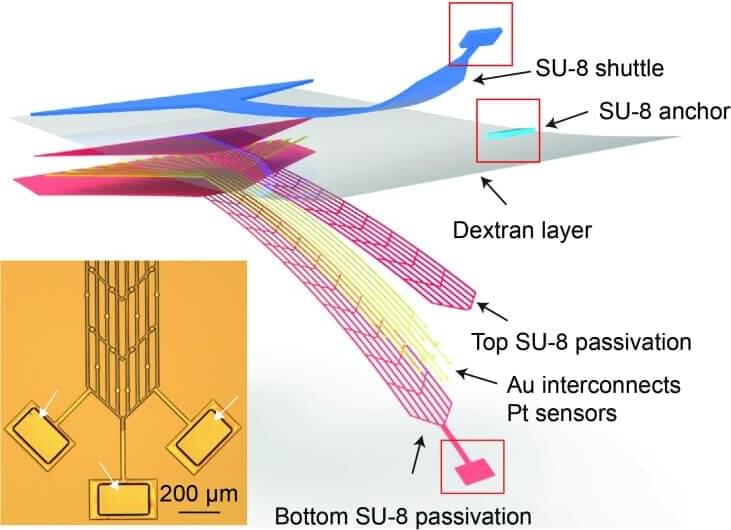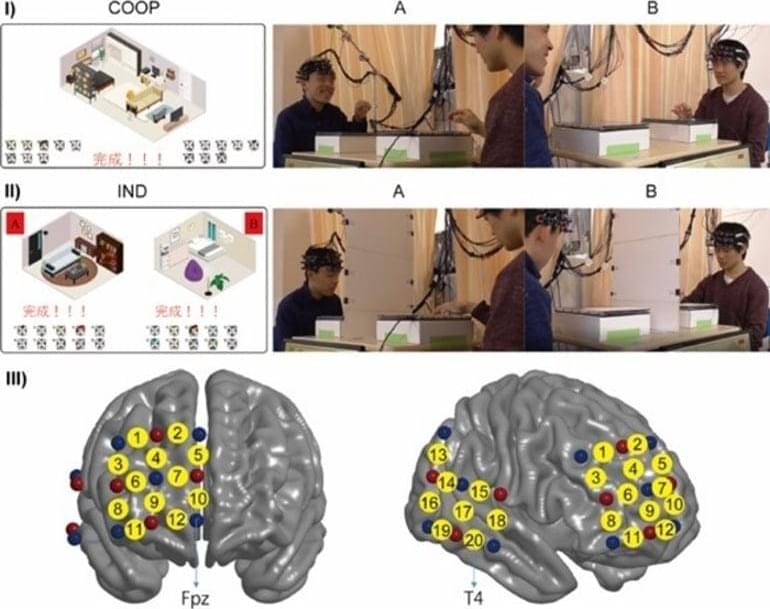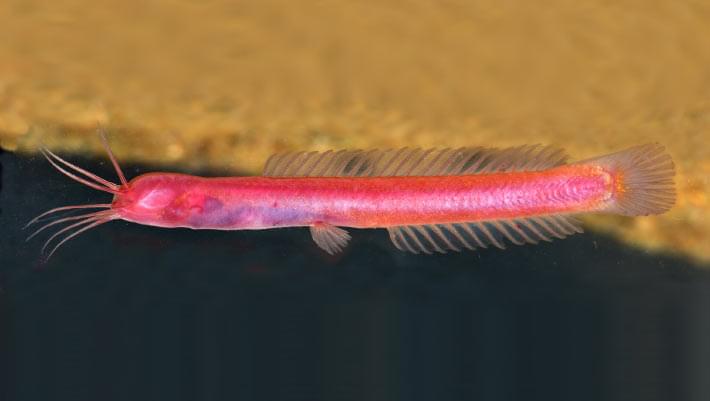
When a person experiences a happy or sad mood, which brain cells are active?
To answer that question, scientists need to understand how individual brain cells contribute to a larger network of brain activity and what role each cell plays in shaping behavior and overall health. Until now, it’s been difficult to get a clear view of how brain cells in living animals behave over extended periods of time.
But Jia Liu’s group at the Harvard John A. Paulson School of Engineering and Applied Sciences (SEAS) has developed an electronic implant that collected detailed information about brain activity from a single cell of interest for more than a year. Their findings, based on research in mice, are reported in Nature Neuroscience.


















